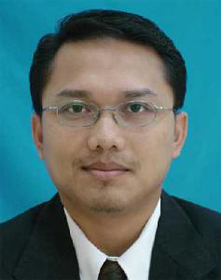The SPREAD vegetable farm, currently under construction on a science park about 25km outside Kyoto, Japan, will occupy 4,400m2 – all enclosed in a vast, warehouse-like building.
Inside, under LED lights, shelves will rise to the ceiling, each one a soil bed full of lettuces. The workforce will move seedlings, feed plants and pick 30,000 lettuce heads every day.
The striking thing, besides the scale of the operation, is that none of those workers will be human: people will plant the seeds, but after that, robots will tend the crops, control the temperature, humidity, light and CO2, and sterilise the water supply.
This is not a vision of agriculture in the distant future: SPREAD’s “controlled-environment farm” will begin shipping lettuce in 2017.
To feed a world population forecast to hit 9.6 billion by 2050, global food production must increase by 70 per cent. Our planet’s finite nature of land is the most obvious barrier to that, but there’s also a serious rural labour shortage; across the world, people are moving from the countryside to towns and cities. By 2017, it’s estimated that even less-developed countries will have majority urban populations. In the UK, a 2013 government report put the average age of farmer at 59.



